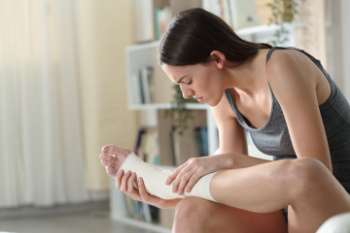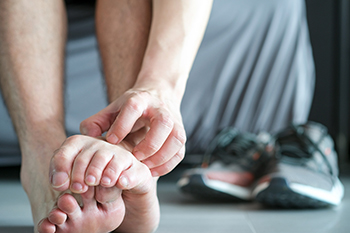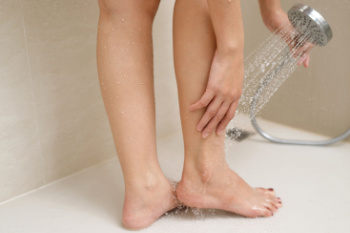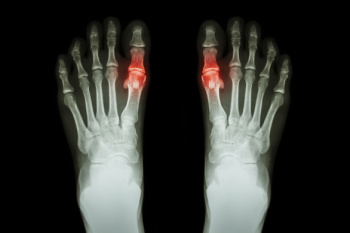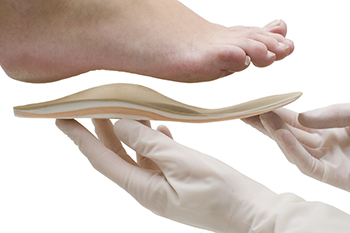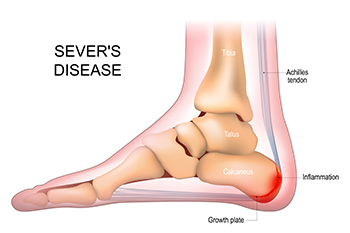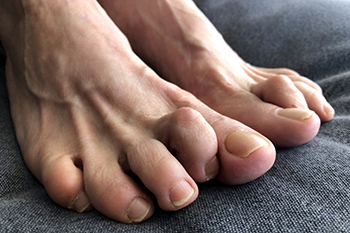
Skating can place significant strain on the feet, toes, and ankles, leading to various injuries that impact both recreational and competitive skaters. Foot issues among skaters include pain caused by wearing poorly fitted boots, which may be too tight or too loose. Tight boots can result in pressure points, blisters, and even nerve entrapment, causing pain, tingling, and numbness in the toes. Loose boots, on the other hand, can force skaters to overcompensate by clenching their toes or over tightening laces, potentially leading to foot cramps or circulation problems. Additional injuries include lace bite, where tight laces irritate the top of the foot, and stress fractures in the metatarsal or navicular bones can occur due to repetitive impact from jumps or landings. Swelling around the ankle, such as malleolar bursitis, may also happen from prolonged boot pressure. A podiatrist can assess foot pain, diagnose conditions caused by skating, and recommend treatments such as orthotics, padding, or surgery, if necessary. If you have foot problems after skating, it is suggested that you schedule an appointment with a podiatrist for a diagnosis and treatment options.
Sports related foot and ankle injuries require proper treatment before players can go back to their regular routines. For more information, contact one of our podiatrists of Biebel & DeCotiis Podiatry Associates. Our doctors can provide the care you need to keep you pain-free and on your feet.
Sports Related Foot and Ankle Injuries
Foot and ankle injuries are a common occurrence when it comes to athletes of any sport. While many athletes dismiss the initial aches and pains, the truth is that ignoring potential foot and ankle injuries can lead to serious problems. As athletes continue to place pressure and strain the area further, a mild injury can turn into something as serious as a rupture and may lead to a permanent disability. There are many factors that contribute to sports related foot and ankle injuries, which include failure to warm up properly, not providing support or wearing bad footwear. Common injuries and conditions athletes face, including:
- Plantar Fasciitis
- Plantar Fasciosis
- Achilles Tendinitis
- Achilles Tendon Rupture
- Ankle Sprains
Sports related injuries are commonly treated using the RICE method. This includes rest, applying ice to the injured area, compression and elevating the ankle. More serious sprains and injuries may require surgery, which could include arthroscopic and reconstructive surgery. Rehabilitation and therapy may also be required in order to get any recovering athlete to become fully functional again. Any unusual aches and pains an athlete sustains must be evaluated by a licensed, reputable medical professional.
If you have any questions please feel free to contact one of our offices located in Holmdel and Middletown, NJ . We offer the newest diagnostic and treatment technologies for all your foot and ankle needs.
